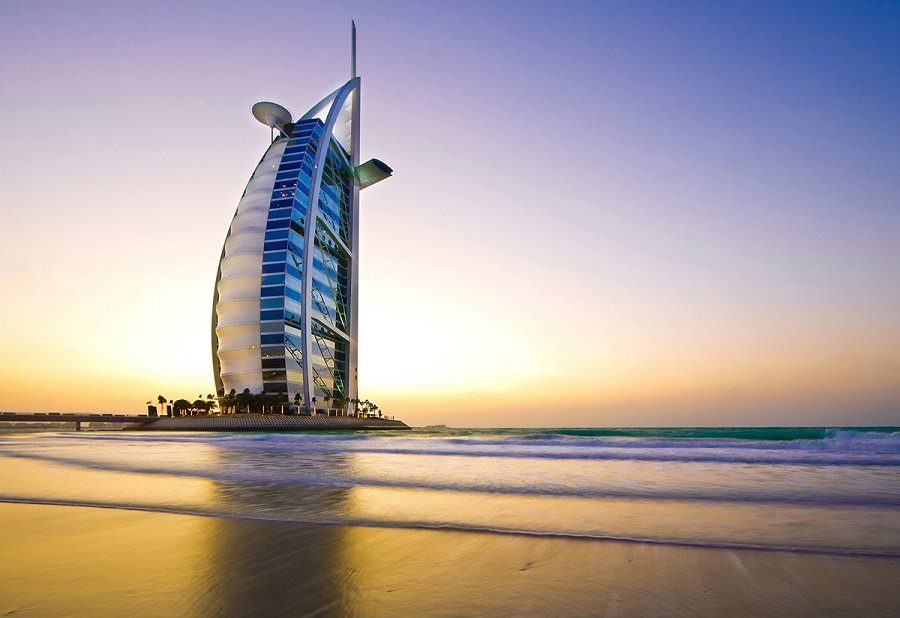The Middle East has emerged as a leading destination in the global adventure tourism market, and experts predict that it will continue to dominate the industry through 2032. With its rich cultural heritage, stunning landscapes, and a plethora of thrilling activities, the Middle East offers a unique experience for adventure enthusiasts.
One of the main reasons for the Middle East’s prominence in the adventure tourism market is its diverse geography. From the towering sand dunes of the Arabian Desert to the rugged mountains of Oman, the region provides a wide range of adventure activities. Tourists can engage in exhilarating activities such as dune bashing, sandboarding, rock climbing, and hiking, among others.
The Middle East is also home to some of the world’s most iconic natural wonders. The Dead Sea, for example, offers a once-in-a-lifetime opportunity to float effortlessly on its salty waters. Tourists can also explore the stunning coral reefs of the Red Sea or take a dip in the crystal-clear waters of the Persian Gulf.
Moreover, the Middle East boasts a rich cultural heritage that adds a unique dimension to adventure tourism. Visitors can explore ancient cities like Petra in Jordan or the historical sites of Egypt, such as the Pyramids of Giza. These destinations provide adventure seekers with an opportunity to combine outdoor activities with cultural experiences.
In recent years, the Middle East has also invested heavily in infrastructure and tourism development, further boosting its position in the adventure tourism market. The region now boasts world-class resorts, luxury hotels, and state-of-the-art adventure facilities. This has attracted adventure tourists from around the globe who seek both thrilling experiences and comfort during their travels.
Furthermore, the Middle East has made significant strides in promoting sustainable tourism practices. Many adventure tourism operators in the region have adopted environmentally friendly practices, ensuring that the natural landscapes and cultural sites are preserved for future generations. This commitment to sustainability has resonated with adventure tourists who seek responsible travel options.
Looking ahead, experts predict that the Middle East will continue to lead the global adventure tourism market through 2032. The region’s commitment to developing its tourism infrastructure, combined with its natural and cultural assets, makes it an attractive destination for adventure enthusiasts. Additionally, the Middle East’s strategic location between Europe, Asia, and Africa ensures a steady influx of tourists from various parts of the world.
As the adventure tourism market evolves, the Middle East is well-positioned to capitalize on emerging trends. The region can further diversify its offerings by incorporating new adventure activities such as paragliding, wildlife safaris, and eco-trekking. By continuously innovating and providing unique experiences, the Middle East is poised to maintain its leadership in the global adventure tourism market for years to come.





